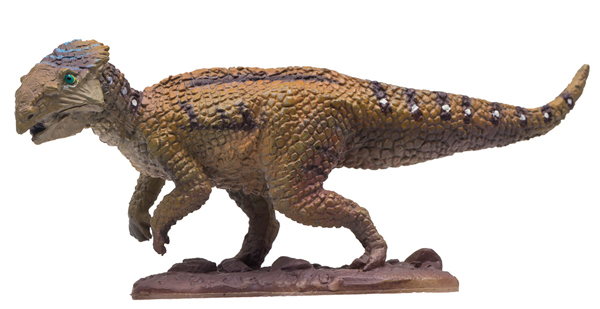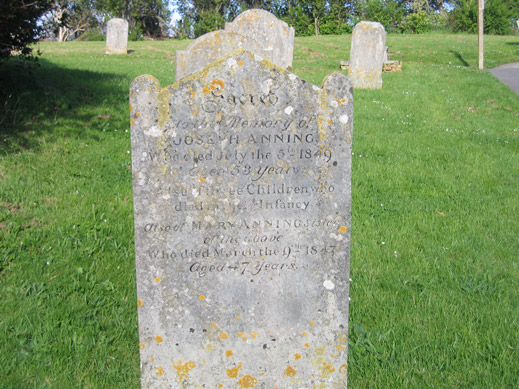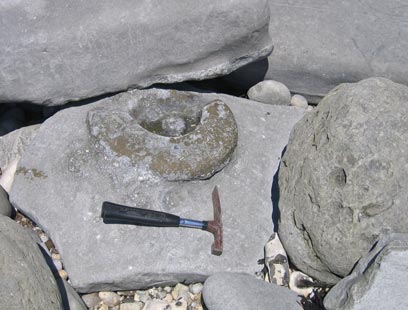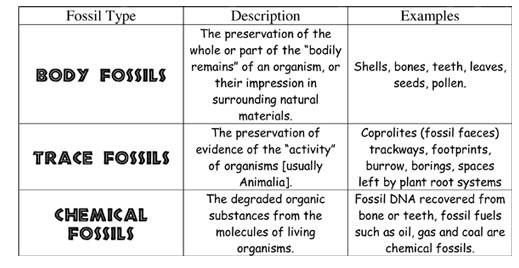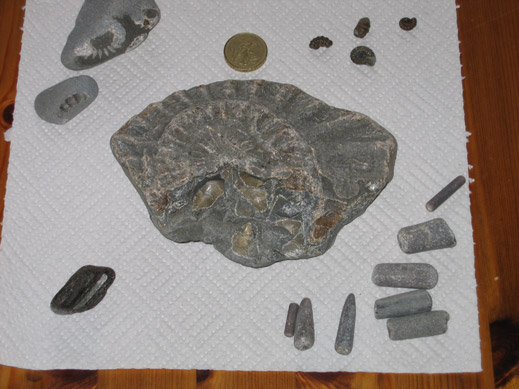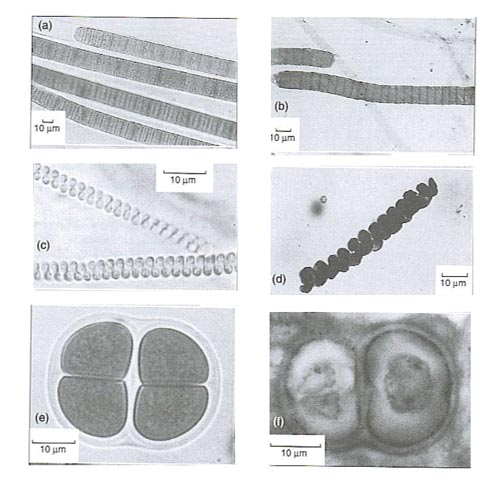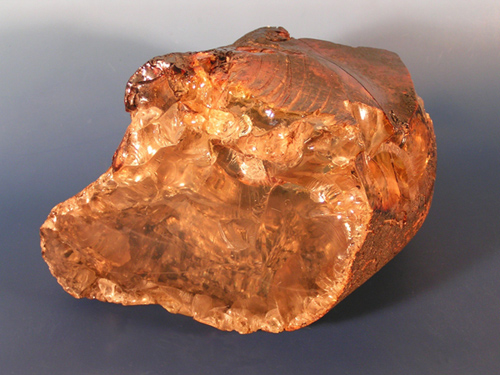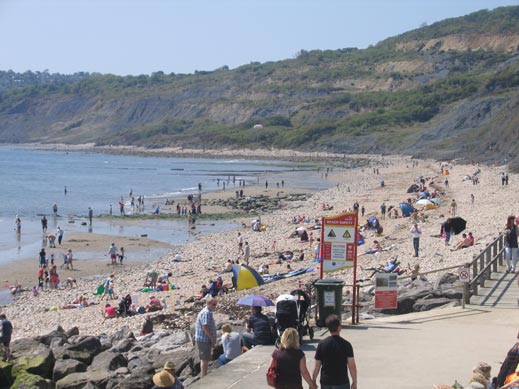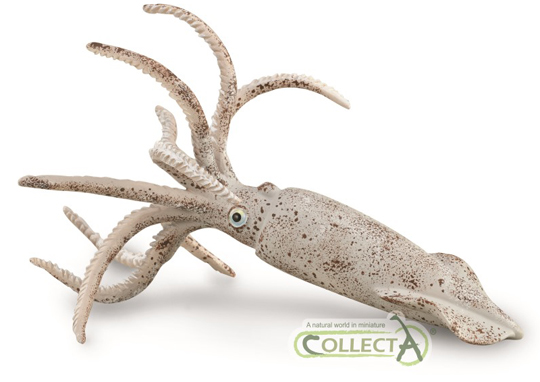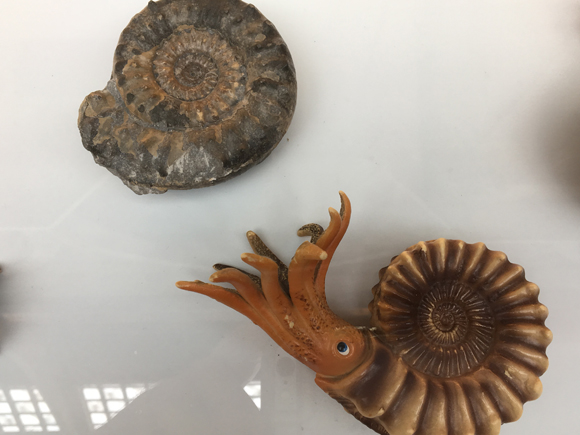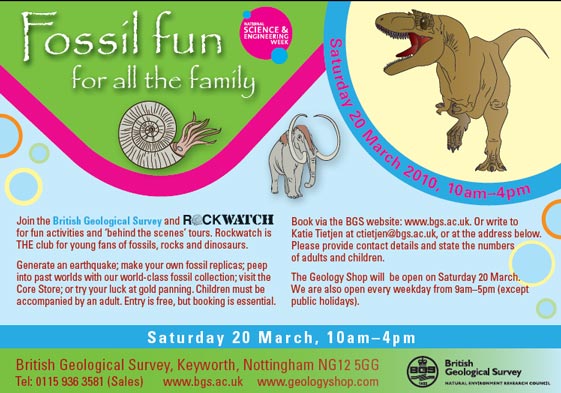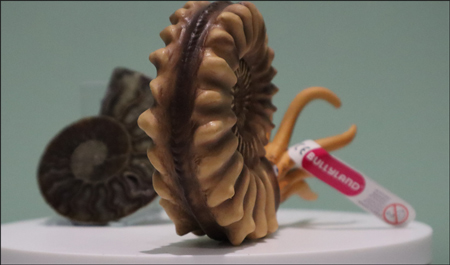Articles, features and stories with an emphasis on geology.
Evidence of European Ceratopsians Grows with Hungarian Discovery
Ajkaceratops kozmai – The First Ceratopsian from Europe
Evidence of European ceratopsians grows after Hungarian fossil discovery.
One of the last types of dinosaur to evolve were the horned dinosaurs. These herbivorous creatures, part of the Suborder Marginocephalia (shelf at the back of the head) include famous dinosaurs such as Triceratops, Protoceratops and Torosaurus. Mystery still surrounds the origins of this particular dinosaur family. It seems likely that ceratopsians (or ceratopians, as some palaeontologists prefer to call them), evolved in Asia. Some time in the Cretaceous these animals migrated eastwards into North America.
In the northern American continent they evolved into the huge shield-necked, multi-horned forms familiar to most school children. Ironically, the Asian forms remained relatively small and less spectacular than their North American cousins and primitive ceratopsians also existed in North America and continued unchanged until the very end of the Age of Dinosaurs.
European Ceratopsians
Although, scientists have been able to study considerable numbers of fossils of certain species and genera, thanks mainly to these animal’s fossils having been found in extensive bone-beds which contain thousands of individual bones representing a disastrous event having overcome a herd of these horned dinosaurs, the fossil record for these ornithischians is, like all vertebrate fossils, extremely patchy. For example, the evidence for these animals having inhabited the Late Cretaceous of Europe is slight.
In Sweden, some ceratopsian-like teeth have been discovered and the re-evaluation of some dinosaur teeth found in Cretaceous sediments (Belgium) in the 19th Century have sparked a debate about whether these dinosaurs did live in what was to become Europe.
However, a discovery by a team of scientists from the Hungarian Academy of Sciences may change our perceptions about ceratopsians. At least one genus may have lived in Europe, a dwarf form, that lived on small islands and became adapted to surviving in an environment with limited food resources.
The paper, to be published in the scientific journal “Nature” describes the discovery of unmistakable fossil evidence indicating that at least one genus of ceratopsian lived in what was to become Europe, living on a chain of islands as much of this continent was little more than an archipelago, surrounded by what was the remains of the once vast Tethys ocean.
Led by palaeontologist Attila Ősi of the Hungarian Academy of Sciences (Budapest), a team of researchers discovered the partial jaws and elements of the beak of a horned dinosaur whilst excavating at the Iharkút bauxite mine near the Hungarian town of Ajka. This area has yielded a number of vertebrate fossils, all dating from approximately 85 million years ago (Santonian faunal stage). This new dinosaur genus has been named Ajkaceratops kozmai, honouring the town near to where the fossil remains were found.
Ajkaceratops kozmai
Photographs show the fossils of Ajkaceratops kozmai. Top left is a side view of the rostrum and partial pre-maxilla – the definitive “beak” of a horned dinosaur. There is a ventral view (viewed from underneath) in the top right of the picture. The three pictures underneath show bones of the lower jaw. The Hungarian scientists have uncovered very strong evidence to indicate that Asian forms migrated to the archipelago of eastern European islands, sometime in the Cretaceous. A. kozmai is the first ceratopsian genus to be named and described from the European continent.
The dinosaur was small, no bigger than a sheep, a possible adaptation to living on small islands where food resources were relatively scarce. Island animals evolving dwarf forms compared to their continental cousins is seen frequently in the fossil record and can be observed amongst extant species today. Adapting to limited resources is referred to as “island dwarfism”, a number of diminutive dinosaur genera are known from the eastern European Tethys island archipelago.
To read more about dwarfism in dinosaurs: Dwarfism on Dinosaur Island.
The discovery of these ceratopsian fossils raises an intriguing question. This dinosaur resembles ceratopsian forms that lived in Mongolia, animals such as Bagaceratops (Bagaceratops rozhdestvenskyi). If this dinosaur lived on islands that we now know as western Hungary, how did it get there?
An Asian Neoceratopsian – Liaoceratops
A replica of a typical Asian member of the Neoceratopsia. To view the PNSO range of dinosaur models and figures: PNSO Age of Dinosaurs Models.
This opens up a whole new debate on the possible migration routes of the Dinosauria. Ősi and his colleagues speculate that Ajkaceratops might have island-hopped its way from Asia. According to this scenario, Ősi stated:
“Our ceratopsian was able to swim short distances between islands and so reached newer and newer areas westwards.”
Pictures show the skull of Ajkaceratops (known material in black) compared to the skull of Bagaceratops. The arrows indicate where fossils of these ceratopsians have been found and the world map shows the estimated geography during the Santonian faunal stage of the Cretaceous. How did ceratopsians migrate from central Asia to the European margins? Were these animals aided by the formation of land bridges during two million year climatic circles that led to intermittent falls in sea level?
Indeed, in a commentary that accompanies the paper, palaeontologist Xing Xu of the Institute of Vertebrate Palaeontology and Palaeoanthropology in Beijing suggests that such island-hopping might explain why Ajkaceratops was so small compared with giant ceratopsians such as Triceratops and Torosaurus. He postulates that island dwarfism did occur.
Commenting on the Hungarian discovery, Peter Dodson, a palaeontologist at the University of Pennsylvania stated:
“The new specimen is absolutely and utterly convincing”.
With no fossil evidence of European Ceratopsians having been found in 200 years of searching, Dodson commentated:
“and so we thought they weren’t there.”
Dodson says that the island-hopping scenario makes sense given what scientist know about other ceratopsians, many of whom were apparently good swimmers.
He added:
“It is a safe bet that any animal that could traverse a distance of some 6000 miles from Asia to Europe is not going to be afraid to get its feet wet.”
As to what this sheep-sized, horned dinosaur looked like, this is a little hard to say, after all, only fragmentary fossils have been found to date.


